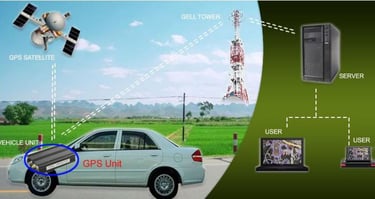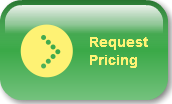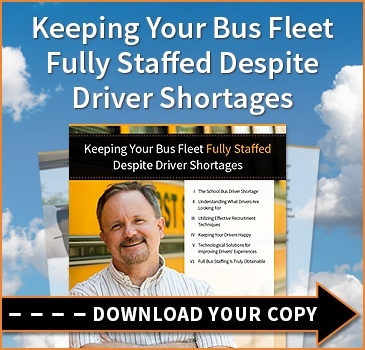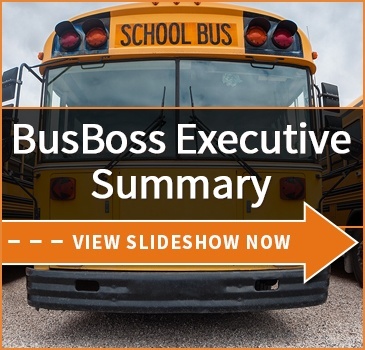Vehicle Monitoring System: 5 Ways Not To Use It
published on November 17, 2012 by Sonia Mastros
Transportation Management Software, school bus routing software, school bus tracking software, student transportation software, Student School Bus Safety, route efficiency, school bus route planning software, school bus route optimization, school bus route scheduling software
 Back in the old days, keeping track of each individual vehicle's gas consumption, mileage, and possibly repairs meant a lot of reports, careful tracking, and possible human errors in the system. And when it comes to bigger fleets of buses that are transporting kids everyday, having to track and monitor each bus was especially difficult. Unfortunately, things couldn't be as efficient, but now we have the ability to keep track of an entire fleet through technology and save money while doing it.
Back in the old days, keeping track of each individual vehicle's gas consumption, mileage, and possibly repairs meant a lot of reports, careful tracking, and possible human errors in the system. And when it comes to bigger fleets of buses that are transporting kids everyday, having to track and monitor each bus was especially difficult. Unfortunately, things couldn't be as efficient, but now we have the ability to keep track of an entire fleet through technology and save money while doing it.
Administrators, transportation management, and even parents can have peace of mind when it comes to making sure all of their students are on the right bus, getting off at the correct bus stop, and getting home on time through GPS tracking on buses. Updated regularly, the location of each bus can be easily integrated into your bus routing management software to ensure the best efficiency and safety for all students.
However, sometimes vehicle monitoring can be used for the wrong reasons. What exactly are the wrong reasons? Well, here's five ways you should not be using your vehicle monitoring software.
1. To Exclusively Fire Drivers
Having to fire a driver isn't usually the best part of any job involving fleet management, but it is a necessary thing to keep everyone on time and efficient. However, using your GPS tracking integration simply to weed out "bad" drivers exclusively is not the proper way to use vehicle monitoring. While time can be saved, sometimes there are exceptions to the rule. Buses can be delayed from weather, accidents, and other issues.
2. To Appease One Parent
Parents are obviously going to be watchful to make sure their child arrives home on time, whether by being home or having their child text them when they are. However, integrating GPS tracking on your entire fleet in order to make sure one child is safe is obviously not why you should have it. Also, tracking the location of each bus should be for the sake of keeping all of the students safe.
3. Ignoring Fuel Efficiency
One of the main reasons for GPS tracking, besides keeping track of the fleet, is to monitor mileage and through that, fuel efficiency. Unfortunately, the price for gas is only going to continue to go up and it's already quite expensive for larger vehicles like buses. Not using vehicle monitoring for fuel efficiency is a huge sign of not using it properly.
4. Punish For Deviating From Route
One of the great things about monitoring the entire fleet is having the ability to set up alerts when something might have gone wrong during the route. Things like buses going over a certain speed limit, stopping at non-route locations, and other information can be tracked. However, this same information is used for safety parameters and not to immediately punish drivers. Sometimes roads can be blocked, stops might be required to make, and other exceptions to the rule. Don't become trigger happy when it comes to deviating from routes.
5. Not Including Bus Maintenance
Vechicle routing software is more than just making sure students are safely transported to their locations and bus drivers are being efficient, it is also the monitoring of the well-being of your entire fleet. One way any schools can cut costs and save money is through careful monitoring of bus maintenance, which can be automatically tracked through GPS tracking. Not utilizing this feature could mean thousands of dollars being wasted in the future.






